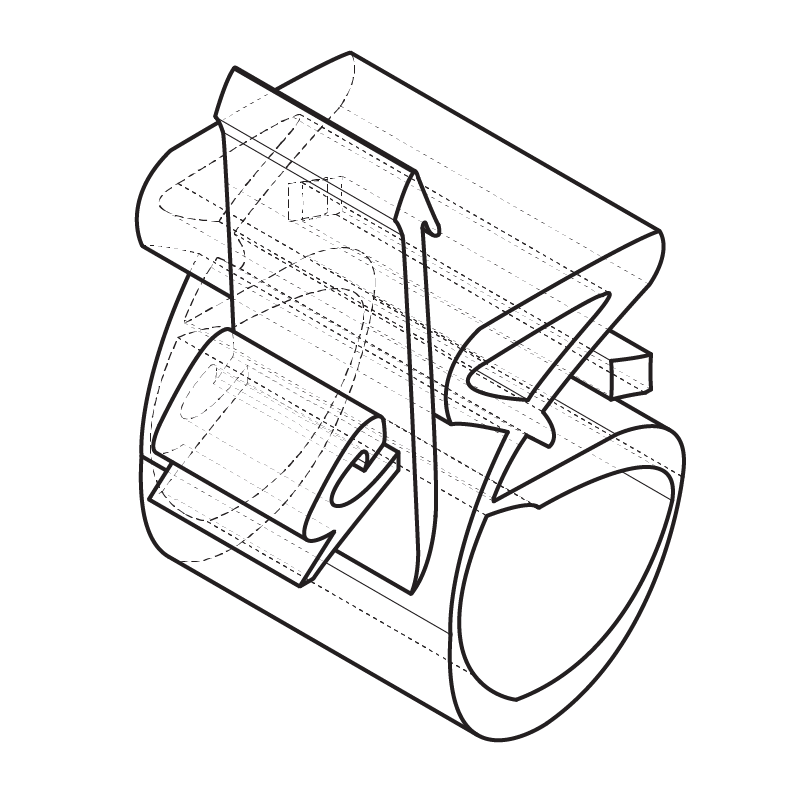As-Sartan in Arabic is translated as “crab” which is the most recent incarnation of the aquatic creatures representing the constellation of Cancer (its rotated “69” symbol is the pinchers of the crab). Originally known as Karka in Vedic astrology and Luna in the Renaissance (referencing the Moon goddess), the Eurasian root of the word “cancer” is “to scratch”, which corresponds to the various creatures that have been associated with it: the lobster, the scarab beetle (Egyptians) and the turtle (Mesopotamia), to name a few. All of these creatures seem to have an exo-skeleton and can survive in water; they are resilient, determined animals that “push” the Sun across the heavens, bringing it to its most Northern position in the sky which we refer to as Summer Solstice.
The persistent nature embodied by the traditional creatures associated with Cancer also correspond to the nature of water - an element that will always find a way to its source. Referring to the Qur’anic verse associated with Cancer - research from the 14th century Persian Sufi Haydar Amuli - this notion of determination takes on a spiritual connotation. The first word of the verse, mur’sulati (the “wa” in front just means “and”) is derived from the root R-S-L, the verb “to send” which as a noun can become the Prophet (Rasool) or the message (risalata). In fact, this is the only instance in the Qur’an where this root is not explicitly referencing Prophethood or His message. Instead, mur’sulati is understood to mean "the ones sent forth."
Ironically, the second word is also an anomaly in terms of its meaning being an exception to the rule. The root of “ ‘urfan” is 'A-R-F, which means to know/recognize. For Persians, ‘Irfan and for Arabs, ma’arifat, are two derivatives of this word that mean Divine knowledge, or gnosis - an immediate knowing/awareness of the One which cannot be translated into rational/linguistic means. In the context of this verse, ‘urfan’ is understood to mean “one after another” as if “Knowing” or awareness would be a chain of successive stages.

